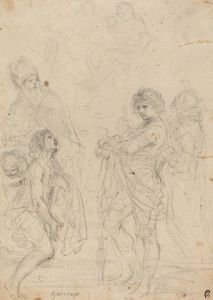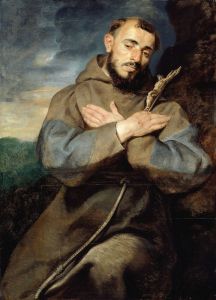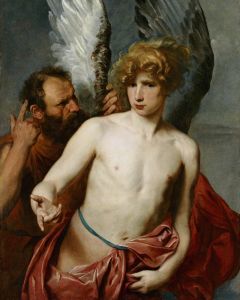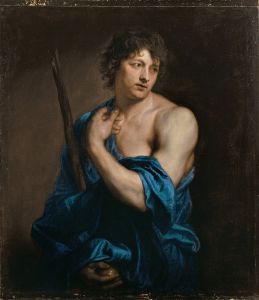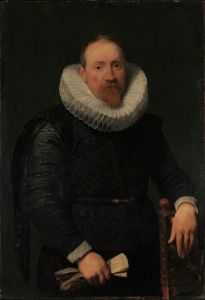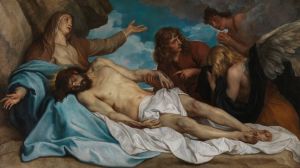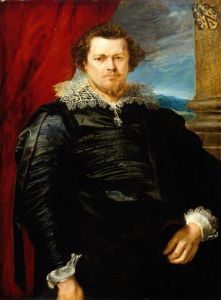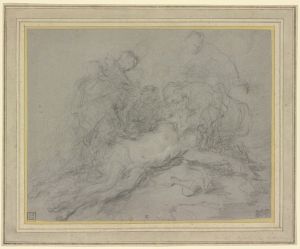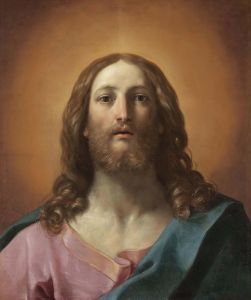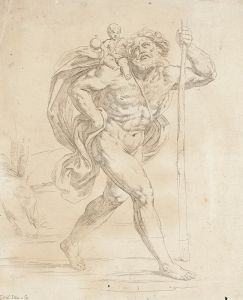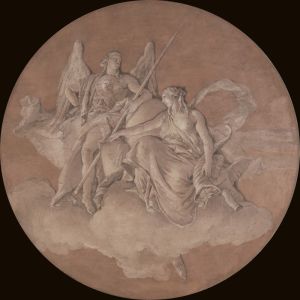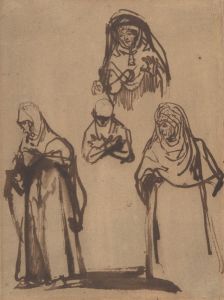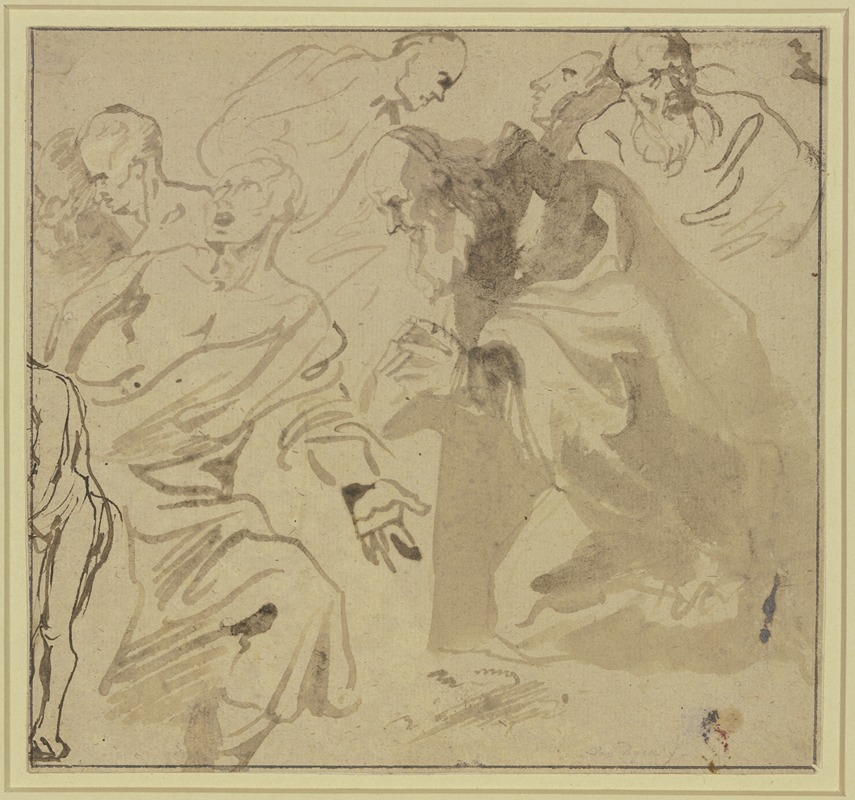
Studienblatt; Sieben Heilige
A hand-painted replica of Anthony van Dyck’s masterpiece Studienblatt; Sieben Heilige, meticulously crafted by professional artists to capture the true essence of the original. Each piece is created with museum-quality canvas and rare mineral pigments, carefully painted by experienced artists with delicate brushstrokes and rich, layered colors to perfectly recreate the texture of the original artwork. Unlike machine-printed reproductions, this hand-painted version brings the painting to life, infused with the artist’s emotions and skill in every stroke. Whether for personal collection or home decoration, it instantly elevates the artistic atmosphere of any space.
Anthony van Dyck, a prominent Flemish Baroque artist, is renowned for his portraits and religious works. However, there is limited information available about a specific work titled "Studienblatt; Sieben Heilige" attributed to him. Van Dyck's career was marked by his ability to capture the human form with elegance and emotion, and he was a leading figure in the development of Baroque art in the 17th century.
Van Dyck was born in Antwerp in 1599 and showed artistic promise from a young age. He became an apprentice to the famous painter Peter Paul Rubens, whose influence is evident in Van Dyck's early works. Van Dyck's style evolved over time, and he became known for his distinctive approach to portraiture, characterized by a refined and graceful depiction of his subjects.
Throughout his career, Van Dyck traveled extensively, working in Italy, England, and the Southern Netherlands. His time in Italy was particularly influential, as he studied the works of Italian masters and absorbed elements of the Italian Renaissance and Baroque styles. This period helped him refine his technique and develop a more sophisticated use of color and composition.
Van Dyck's religious paintings often depicted biblical scenes and saints, rendered with a sense of drama and spirituality. His ability to convey emotion and narrative through his work made him a sought-after artist for religious commissions. However, specific details about "Studienblatt; Sieben Heilige" are scarce, and it is not widely documented in art historical literature.
In addition to his religious works, Van Dyck is best known for his portraits of European nobility and royalty. His tenure as the court painter for King Charles I of England solidified his reputation as one of the leading portraitists of his time. Van Dyck's portraits are celebrated for their elegance, capturing the dignity and personality of his subjects with a keen eye for detail.
Van Dyck's influence extended beyond his lifetime, as his style and techniques were emulated by subsequent generations of artists. His contributions to the Baroque movement and his impact on portraiture have left a lasting legacy in the art world.
Despite the lack of specific information about "Studienblatt; Sieben Heilige," Van Dyck's body of work continues to be studied and admired for its artistic merit and historical significance. His paintings are housed in major museums and collections around the world, where they continue to captivate audiences with their beauty and craftsmanship.
In summary, while there is limited information available about the specific work "Studienblatt; Sieben Heilige" by Anthony van Dyck, his overall contributions to art, particularly in the realms of portraiture and religious painting, are well-documented and celebrated. His legacy as a master of the Baroque style endures, and his works remain an important part of art history.





